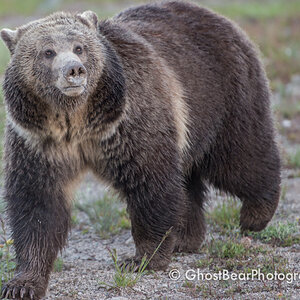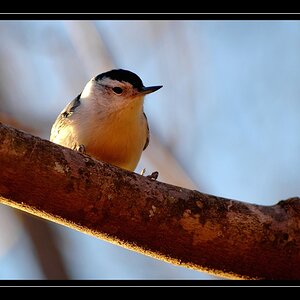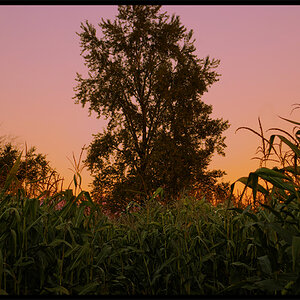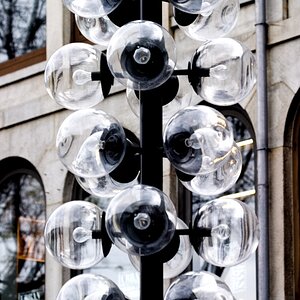Josh66
Been spending a lot of time on here!
- Joined
- Oct 31, 2007
- Messages
- 14,593
- Reaction score
- 1,239
- Location
- Cedar Hill, Texas
- Can others edit my Photos
- Photos NOT OK to edit
Wasn't sure where to put this, if it's in the wrong place please move it.
Anyone planning on watching the meteor shower (Eta Aquarids) Sunday night?
I'm sure I'll still be up that late (supposed to peak around 4 am).
Anyone (astrostu ) have tips on how to shoot a meteor shower?
) have tips on how to shoot a meteor shower?
Anyone planning on watching the meteor shower (Eta Aquarids) Sunday night?
I'm sure I'll still be up that late (supposed to peak around 4 am).
Anyone (astrostu









